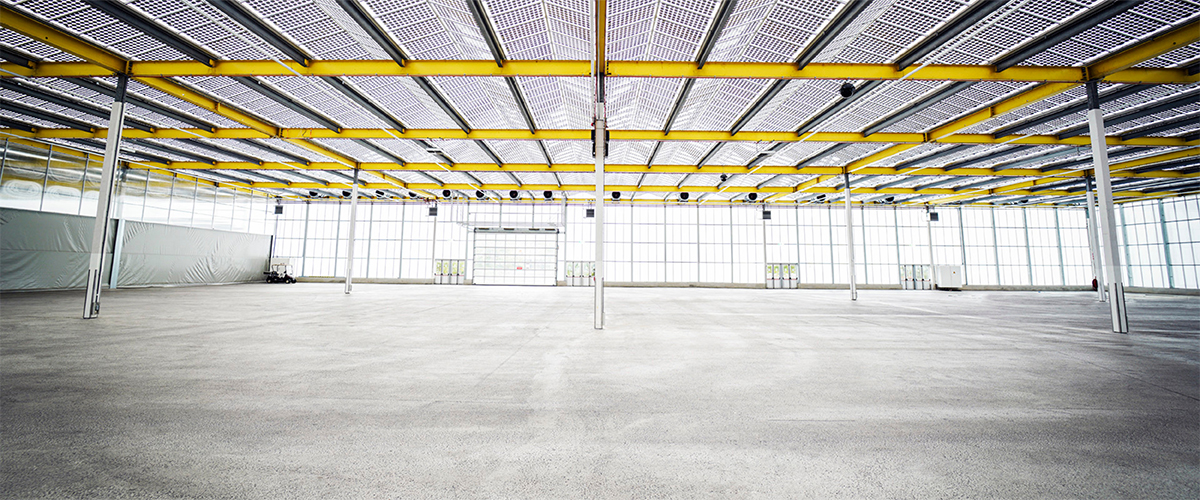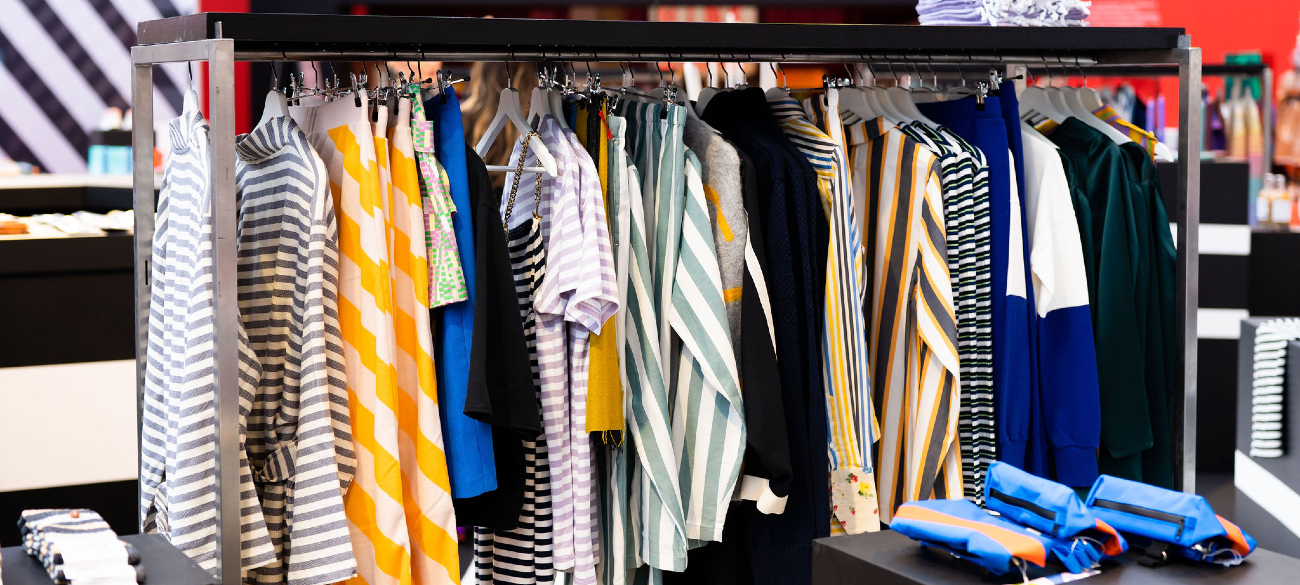EXPO Greater Amsterdam
Stelling 1
2141 SB Vijfhuizen
The state of the fashion industry during the coronavirus crisis #1
One thing’s for sure, the coronavirus crisis has really put the fashion industry to the test this past season. But it’s certainly not only sorrow and misery in the industry. The data collated by retail organisation Euretco suggests that although retailers and suppliers have taken a financial hit, they are also being challenged to take new creative approaches while still operating with the commercial aspect in mind. And this may be the key to a sustainable future for fashion. Before we reach that juncture, we discuss the current state of affairs with Natascha van Ree, account manager at Euretco. How have fashion retailers and suppliers fared this season? Read on to find out.
Although sales figures have hit a new low, the fashion industry is doing better than expected. Two figures: independent fashion retailers are currently at an index of 79 percent compared to the previous year. When looking at the entire summer season as a whole, the index is 75 percent. An incidental effect of the drop in sales in physical stores is a rise in online sales. Particularly women aged between 40 and 70 – a group that previously only made sporadic online purchases, and mainly visited physical stores – found their way to webstores. Good news for independent businesses with fully operational webstores, but a trend to keep an eye on when it comes to smaller businesses without an online presence.
What’s also striking is that metropolitan areas have been hit harder than smaller towns and local centres. Euretco indicates that this is because, due to coronavirus concerns, people feel safer in smaller shopping areas and prefer to stay closer to home. It has once again become particularly busy in large cities, especially in the last three weeks, leading to longer queues outside of shops.
Following the easing of the coronavirus restrictions, female fashion was able to catch up significantly in May and June. The simple reason: even the first barbecue of the summer with the neighbours was seized as an opportunity to throw on a nice dress. Women aged between 18 and 30 quickly returned to the shops, and the other age categories soon followed suit.
When it comes to female fashion, particularly dresses and skirts performed well in May and June, while festive clothing lagged – understandably – behind.
Male fashion is at 71 percent compared to last year, which is primarily down to low sales figures for suits. The most purchased items this season were shorts and polo shirts.
Various measures introduced by suppliers meant that stock rise was limited to 5 percent compared to last year; a positive sign. Suppliers were able to retain or cancel consignments, so that retailers did not have to bear the burden alone. The question that remains is – now that consumer’s buying behaviour is so uncertain – how can retailers and suppliers best navigate their way through the upcoming buying season, and what is the vision moving forward? Euretco indicates that well-informed decisions need to be made.
There is widespread call from the market to bring delivery times better in line with consumer demand. Flexible buying and delivery is becoming increasingly important. Both suppliers and retailers are keen to have more Never Out Of Stock products and scope for additional purchases, but making the change requires courage. Euretco believes there needs to be a break with the old ways, starting with sales. For example, would independent retailers dare to delay the sales until January, instead of starting before Christmas? Only once we are able to achieve this together, will we be able to switch to a more sustainable system, in which closer-to-home production and local shopping becomes the norm. And if that’s the outcome of this crisis, we can still count ourselves winners.
Share article

